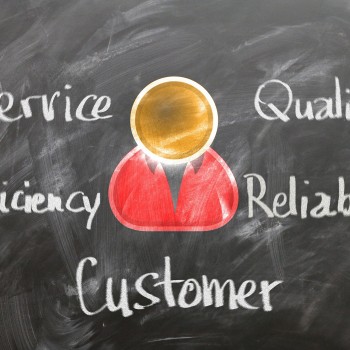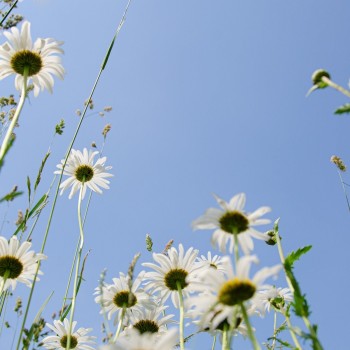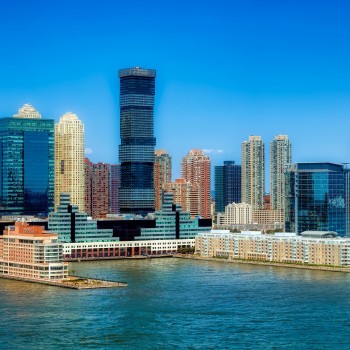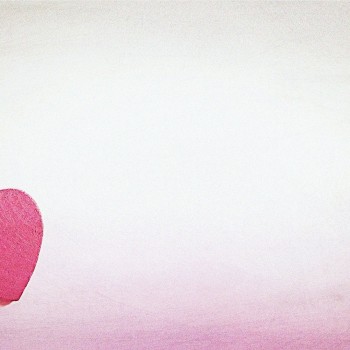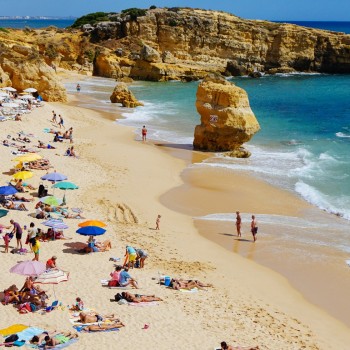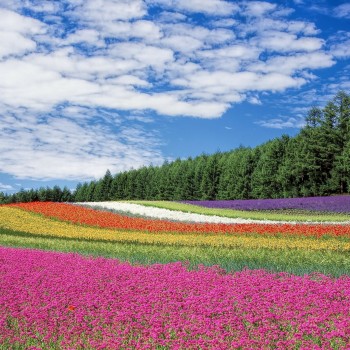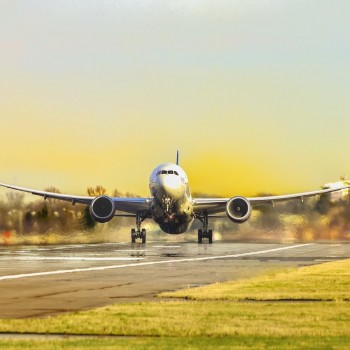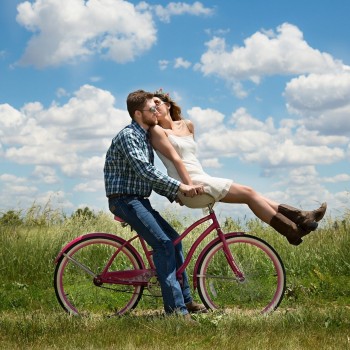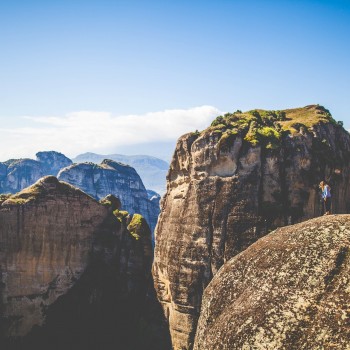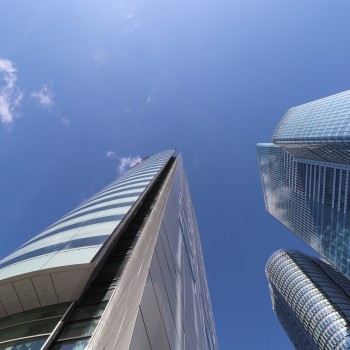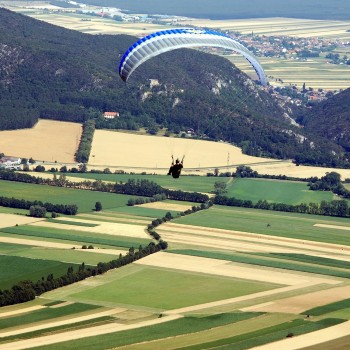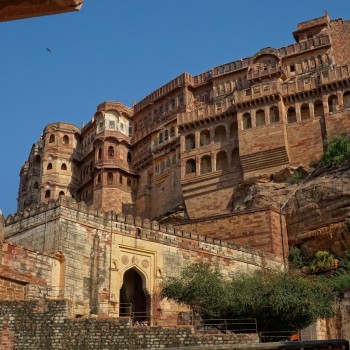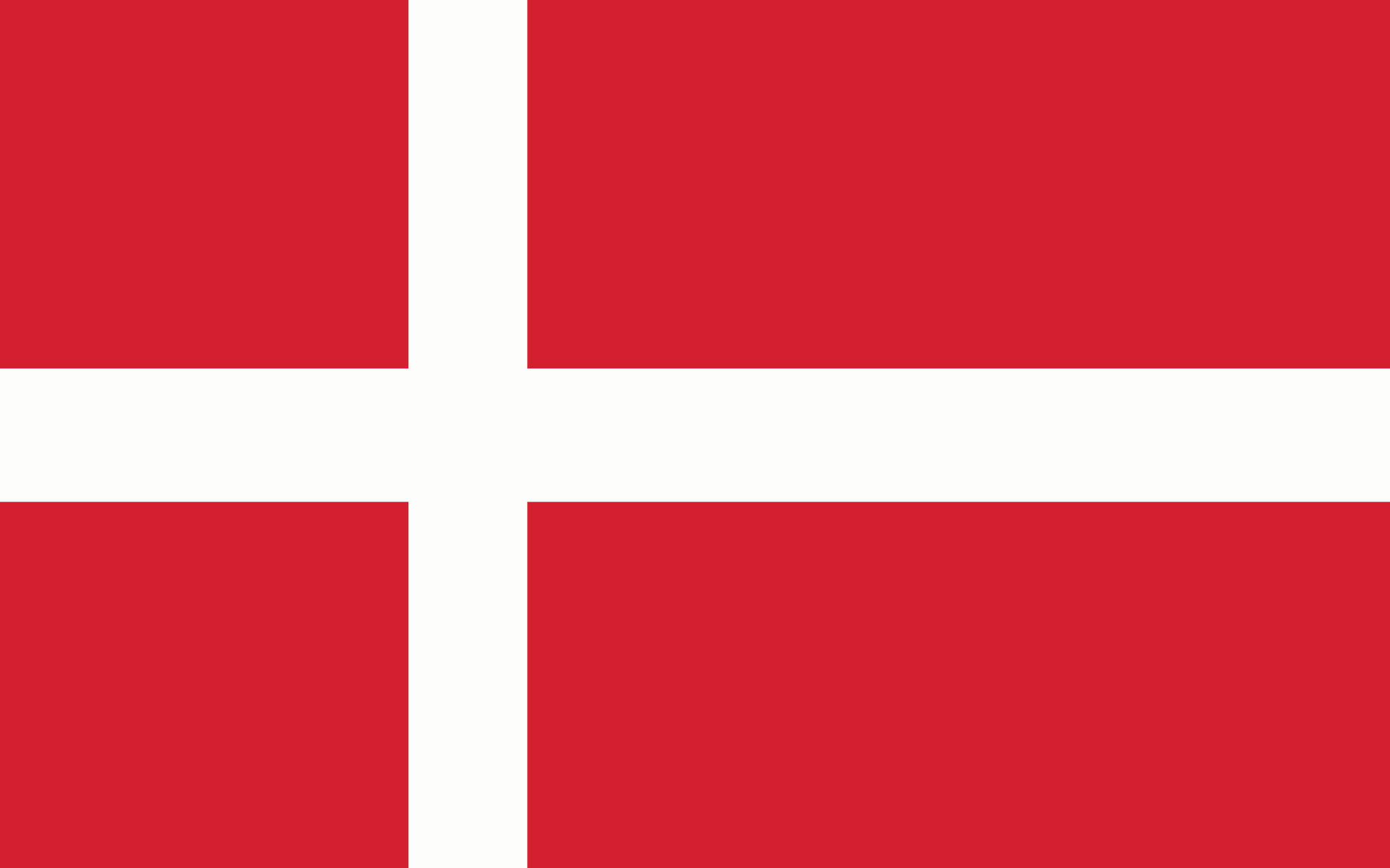Denmark
Denmark
Capital city description
The largest and capital city of Denmark, Copenhagen is one of the most influential cities in Denmark and its residents. Copenhagen plays essential roles in education, commerce, residence, transport, and tourism, and more significantly, it is Denmark's political and administrative center. Famous universities, such as the University of Copenhagen, the Technical University of Denmark, the Danish Academy of Fine Arts, and the Copenhagen Business schools, are located in the beautiful city.
Copenhagen has one of Europe's largest financial centers. It boasts several major tourist destinations that attract visitors worldwide, such as the Royal Danish Theatre, the Copenhagen Zoo, the Tivoli Gardens, the National Museum of Denmark, the Frederiksberg Palace, and the Copenhagen Jazz Festival.
Climate
The climate of Denmark is cold in winter and mild in summer. The country is small and flat, so there are slight climatic differences between the areas; however, the western coasts of the Jutland peninsula are milder, windier, and rainier than the rest of the country. The islands are often cloudy and windy.
- Spring: March to May
- Summer: June to August
- Autumn: September to November
- Winter: December to February
Languages spoken
Danish is the official and national language of the Kingdom of Denmark. A large majority of Danes speak English as their second language. At the same time, German is the official minority language of the country.
Fun/Fascinating Facts
- Denmark has more than twice the amount of bicycles as cars. Copenhageners pedal more than 1.13 million km on their bikes each day.
- In Denmark, around 75% of the people aged between 15 and 64 have a paid job.
- Lego, the largest toy manufacturers in the world, is from Denmark.
- The Danish monarchy is the oldest continuing monarchy globally and has existed for over 1,000 years.
- Denmark is the fifth most expensive country in the world regarding living costs. What makes Denmark expensive is the high standards of living they follow.
Unique Customs/Traditions
- In Denmark, birthdays are well remembered. Traditionally, the celebration begins early in the morning; usually, Danes are woken up with a cake in bed surrounded by family and friends singing to them. The biggest' milestone' birthday is when you turn 18. Many Danes ring it in by having an extravagant party. Anytime there is a birthday, expect to see lots of Danish flags around; they are as much a birthday decoration as balloons and streamers.
- Graduation from high school is undoubtedly the main graduation milestone; it's a noticeable event in Denmark. Traditionally, every graduating class gets on a big open truck and drives all over their city, visiting the home of each student in the class; expect lots of music, honking, and dancing. You can always notice a new high school grad as they will be wearing a sailor's hat to mark this milestone.
- Jumping during New Year's midnight is one of the unique traditions in Denmark. Danes will carefully climb atop chairs and sofas or tables to ceremoniously jump down into the New Year as the clock strikes midnight. After that, many people go outside and set off fireworks.
- Danish children celebrate 'Fastelavn.' This children's holiday involves dressing up in costumes and usually ends with the children trying to smash open a hanging cask called the "cat barrel."
Popular universities
| Name | Description | |
|---|---|---|
| University of Copenhagen | Established on 1st June 1479, The University of Copenhagen (UCPH) is amongst the oldest universities in Denmark and Northern Europe. The university stopped operating during the civil war that began in 1533. It was reopened in 1537 in the Church of Our Lady. The University of Copenhagen offers several doctoral, master's, and bachelor's courses in various fields like theology, anthropology, economics, psychology, psychology, medicine, public health, pharmacy, arts, media, sciences, computer science, law, languages, and sociology. | |
| Aarhus University | Founded in 1928, Aarhus University is one of Denmark's premier research-intensive public universities and is the largest and the second oldest public research university in Denmark. The faculties of Aarhus University include the Faculty of Arts, School of Business and Social Sciences, Faculty of Health, and the Faculty of Science and Technology. The faculty of Arts comprises three schools such as the School of Culture & Society, the Danish School of Education, and the School of Communication & Culture. | |
| University of Southern Denmark | The University of Southern Denmark is a public university in Southern Denmark and Zealand, founded in 1998. The university consists of 5 faculties, namely Health Sciences, Humanities, Engineering, Science and Social Sciences. It has thirty-two departments, a university library, and eleven research centers. The university provides varied joint courses in coalition with the University of Kiel and Flensburg. The university also promotes continuing education and offers various degrees taught in English, such as American studies and European studies. | |
| Business Academy Aarhus | Business Academy Aarhus is a school of advanced education in Aarhus, Denmark, established on 1st January 2009. It is one of the largest business academies in Denmark. The Business Academy of Aarhus develops and offers practice-orientated advanced education programs for the private business segment. The institute offers undergraduate programs and can award academic degrees. It additionally provides further education and part-time programs at the bachelor's level. It provides a broad scope of full-time advanced education programs that qualify students for a wide range of career choices. It delivers 10 English taught programs in Business, IT and Technology, Web, Media and Communication, Biotechnical, and Food Technology. | |
| Copenhagen Business School | Copenhagen Business School (CBS) is a public university situated in Copenhagen, Denmark, regarded as one of the most prestigious business schools in Western Europe and the world, established in 1917. Copenhagen Business School offers a wide range of undergraduate and graduate programs, typically with an interdisciplinary and international focus. Programs are based on a strong and internationally renowned research base, which CBS consistently strengthens. | |
| Technical University of Denmark | The Technical University of Denmark (DTU) is a public university located in Kongens Lyngby, Denmark, founded in 1829. Technical University of Denmark (DTU) emphasizes the development of value-creating technology for people and society, which is expressed in the university's close collaboration with business and industry. Undergraduate courses are taught in either Danish or English, with degrees such as a BSc in general engineering offered in English. The master's program focusing on modern engineering is taught entirely in English. | |
Festivals & Events

Aalborg Carnival
Date: Last week of May
Aalborg Carnival is the largest annual cultural event in Aalborg and the largest carnival in Scandinavia. The celebration takes place the last week in May. The Aalborg Carnival stands for a week has three main carnival events: The Grand Parade, Battle of Carnival Bands, and Children’s Carnival.
The Grand Parade is a carnival event that draws about 100,000 people to the streets of Aalborg each year. About 15 professional carnival groups from all over the world open the parade, and following them are thousands of people dressed out, dancing, and celebrating life.

Copenhagen Jazz Festival
Date: July
Copenhagen Jazz Festival is an annual event that takes place in Copenhagen. The festival pays tribute to the freedom of jazz music as an art form and its treatment of musical aesthetics. Copenhagen Jazz Festival is one of the most significant music events in Europe, attracting thousands of international audiences. Musicians who have performed at the Copenhagen Jazz Festival include Sonny Rollins, Oscar Peterson, Ray Charles, and Michel Petrucciani.

Roskilde Festival
Date: 25 June - 2 July
Roskilde Festival is the largest music festival in North European. It is held south of Roskilde in Denmark. The festival is organized by Roskilde Festival Charity Society, supporting children and young people.
Since 1971 Roskilde Festival has run as a non-profit organization ensuring profits are donated directly to the development and support of music, cultural and humanitarian purposes. It attracts more mainstream youth from Scandinavia and the rest of Europe. Over 170 domestic and global bands are headlining the event, and about 30,000 volunteers provide camping security, build stages, staff the festival stalls, etc.

Copenhagen Distortion
Date: June
Copenhagen Distortion is Copenhagen's biggest street party and electronic music festival that attracts 100,000 partying Copenhageners to the streets of different neighborhoods.
The festival focuses on club culture, dance music, street life, contemporary art, and Copenhagen's independent media. Over five days, the streets of Copenhagen transform into a beautiful, chaotic mess of festivity.

Aarhus Food Festival
Date: September
One of the most exciting Denmark festivals, the Aarhus Food Festival, brings together the finest Danish and Nordic breeders, farmers, and chefs who want to produce top-notch food in harmony with nature. Those attending will have a chance to buy good food and participate in various activities. You can visit the cabbage or salad workshop, where you will have the opportunity to experiment with new mixes and taste combinations within the plant kingdom. There are special activities for children, a chefs contest scene, where young chefs can battle and unfold their skills, and an area with cooking classes where everyone, from beginners or amateur chefs to the highly trained master chefs, can develop their skills and get new inspiration.

Odense Flower Festival
Date: August
The Odense Flower Festival is an excellent opportunity to observe the streets of the hometown of Hans Christian Andersen. The festival is devoted to a common theme, which gives rise to a floral paradise filled with art, culture, and entertainment for the whole family. Every year, a myriad of creative flower arrangements adorn the streets of Odense city center; locals, tourists, and professionals from near and far flock to the city and experience many surprises that a festival has to offer.

Aarhus Festuge
Date: August and September
Aarhus Festuge is the most important yearly festival globally, one of the biggest Denmark festivals, held in the beautiful city of Aarhus. Visitors can enjoy a wide variety of attractions and cultural shows, like local bands, dance, documentaries, cultural workshops, and delicious cuisine, for over ten days from the end of August to the start of September. The festivities include parks, civic halls, churches, and other community buildings throughout Aarhus.

Copenhagen Pride
Date: August
Copenhagen Pride is Denmark's most significant yearly festival for human rights, focusing on LGBT subjects. It happens annually for a week—the city is painted into the colors of the rainbow for the Copenhagen Pride. The central part of the celebration is the Pride Parade that follows through the city center before it ends at the City Hall Square, which is renamed Pride Square, especially for the occasion.
Representatives of the world's LGBT community come to participate in that exponential walk. Besides that, Pride Week offers many parties, concerts, the Human Rights Program, and more. It covers the whole Copenhagen capital and takes place in August.

Moesgård Viking Moot
Date: July
Moesgård Viking Moot is a yearly historical reenactment event in Aarhus, Denmark, with a Viking marketplace and mock battles for a week, making it one of the famous Denmark festivals. It is the most significant reenactment occasion of the Viking Age in Denmark and takes place on and near the coast of the Moesgård Museum. During the last two days of the event, tiding matches, single solitary fighting competitions, and pretend duels with up to 1000 athletes and an Icelandic horse infantry will be held.

First week of June
Date: Northside Festival
Northside Festival is held every June at Ådalen in Aarhus, Denmark. The first festival was first held in 2010, and it has grown from a one-day event to a three-day festival. The festival has a unique musical profile with a strong focus on innovation. The three-day fest boasts a wicked lineup which in the past has featured Wilco, Interpol, Alt-J, Arctic Monkeys, Arcade Monkeys, Phoenix, Arcade Fire, Band of Horses, Portishead, The Stone Roses, and The Flaming Lips. Many famous international and Danish artists flock to Aarhus for this innovative event.
Attractions / Top Sights
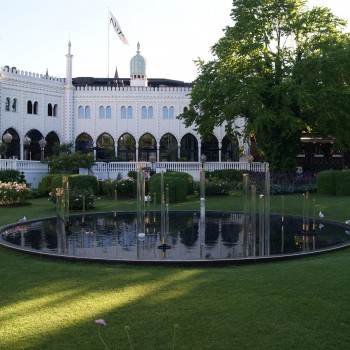
Tivoli Gardens
When to visit: March and April
When to visit: https://www.tivoli.dk/en
Tivoli Gardens is one of Europe’s most renowned tourist attractions. Since 1843, Tivoli has inspired the world-famous Disney theme parks. Tivoli park has many attractions, including a roller coaster, roundabouts, puppet theaters, restaurants, cafés, gardens, food pavilions, and even a Moorish-styled concert hall.
Tivoli Gardens also hosts many seasonal festivals that typically draw enormous crowds. During the summer, you can catch free rock concerts on Friday nights. At night, firework displays illuminate the sky, and in winter, the gardens are adorned with lights for the Christmas season.

Nyhavn
Colorful, stunning Nyhavn with its picturesque harbor is Copenhagen's most iconic sight and one of the locals' favorite places to stroll or sit by the waterfront and chat over some beers. It is undoubtedly one of the famous tourist attractions and the nearby Kongens Nytorv, Strøget, and Amalienborg Palace. As you walk beside the canal, you're greeted by the sounds of jazz and the sights of pavement cafes and people enjoying the relaxed atmosphere and great food.
Originally it was a commercial port where ships from all over the world would dock, and it was packed with sailors visiting its pubs, alehouses, and ladies of pleasure. Today the beautiful old houses have been renovated, and restaurants dominate the old port.

Frederiksborg Palace
When to visit: June to August
Constructed during the early part of the 17th century, the remarkable Frederiksborg Palace, located in the middle of a lake, hosts the famous Museum of National History. It was the home of King Christian IV, one of Denmark's most well-known monarchs.
The museum's collections focus on artwork that illustrates the country's history and includes a robust assortment of painted portraits, photography, and prints. The museum also consists of a tour of the castle's interior, where visitors can explore the rooms that once hosted royalty and nobles.

LEGOLAND(R) Billund
When to visit: Between April and October
When to visit: https://www.legoland.dk/en/
LEGOLAND(R) Billund is Denmark's most well-known and widespread amusement park for families and children of all ages. It is one day enough with so much fun, speed, and action, perfect for the whole family. Set your imagination free - on land, at sea, and in the air.
LEGOLAND is a wondrous world of imaginative family experiences that focus on children. You can set your imagination free on the land, at sea, or in the air in this place. It is located next to the original Lego factory and Billund Airport, Denmark's second-busiest airport.

Kronborg Castle
When to visit: June to August
When to visit: https://whc.unesco.org/en/list/696/
Located north of Elsinore, in the town of Helsingør, Denmark, Kronborg Castle played a significant role in the history of Northern Europe. For centuries it protected the Danish people and hosted the grand affairs of state dignitaries. The remarkable Kronborg castle was listed on the UNESCO World Heritage Site in 2000 for its historical integrity and has long been considered an actual example of a Renaissance castle.
Based on history, the fantastic Kronborg Castle, immortalized as Elsinore in William Shakespeare's play Hamlet. Now it is one of the most renowned tourist attractions in Denmark. People may choose from a variety of activities onsite. One of the most popular is a guided tour called In Hamlet's Footstep.

Skagen Beaches
When to visit: May to September
The colorful town of Skagen is the northernmost town in Denmark and has a great light that has inspired many Danish painters. It boasts unique nature and crystal clear beaches; the shoreline at Skagen is incredibly charming, windswept, and desolate, perfect for relaxing and unwinding. The Grenen sandbar above Skagen is Denmark's northernmost point.
Additionally, It offers distinctive yellow houses, excellent museums, ceramic and glass art galleries, and bike rental outlets. The Port of Skagen is Denmark's main fishing port, and it also has a thriving tourist industry, attracting 2 million people annually. Harbourside restaurants serve fish fresh off the boats.

Egeskov Castle
When to visit: Late April to late October
When to visit: https://egeskov.dk/en/castle-exhibitions/
Constructed in 1554, Egeskov Castle, located in the south of Funen, situated in a small lake with a maximum depth of 5 meters (16 ft), is considered one of Europe's best-preserved castles. Surrounding the castle is an old park, covering 20 hectares (49 acres) of land.
The stunning park is divided into several beautiful gardens. The renaissance garden features fountains, a gravel path, and topiary figures. The fuchsia garden, one of the largest in Europe, contains 104 different species. Additionally, Egeskov houses many historical museums with antique collections from vintage cars to fashion.
.jpg)
Christiansborg Palace
When to visit: Between April to October
A former palace for influential kings and queens of Denmark, Christiansborg Palace, situated on the small island of Slotsholmen in the center of Copenhagen, houses the Danish Parliament, the Supreme Court, and the Ministry of State.
The splendid royal reception rooms include The tower and the oval throne rooms, where the Queen receives foreign ambassadors to Denmark. The grand throne room gives the balcony to which the Danish monarchs are proclaimed, with twin thrones to admire. Other experiences at Christiansborg Palace include a mysterious tour of the ruins discovered underneath the palace, including a wall dating to the Middle Ages, and a trip around the castle's former kitchens, complete with sounds and models.

Mon Island
When to visit: June to August
Mon, a tiny island south of Zealand, is renowned for its white chalk cliffs. The noticeable white color results from the shells of miniature plants and animals coming to laze on the cliffs, once a portion of the seabed. At some points, the cliffs rise to 330 feet in height. Plenty of tourists loves to hunt for fossils here.
The Liselund Castle is another beloved attraction. It is a fantastic fort complex, including some tiny castles set in attractive gardens. In addition, the historic Elmelunde Church and the family-friendly art museum named GeoCenter Mons Klint are other beautiful draws on the island.
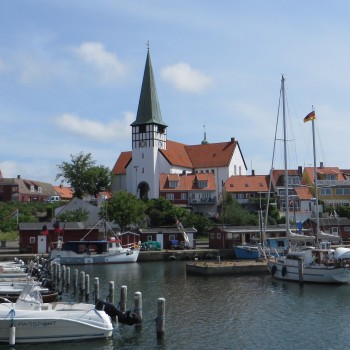
Bornholm
When to visit: Between March and September
A panoramic Danish island known for its fishing and arts and crafts industry, Bornholm is located in the Baltic Sea. Bornholm makes for a great escape from the bustle of the larger cities, and the southern beaches are top-rated. Tourists come to Bornholm to explore the Almindingen, Denmark’s third-largest forest.
Another top attraction on Bornholm island is the biggest city, Ronne, which lies in the Baltic Sea. Stroll the cobblestone paths, and experience the touches of German, Swedish, and Polish culture as well as of Denmark. The stunning Ronne Lighthouse is a dismantled light that stands at the seafront and is beloved among tourists, as is the St. Nicholas Church situated nearby.



